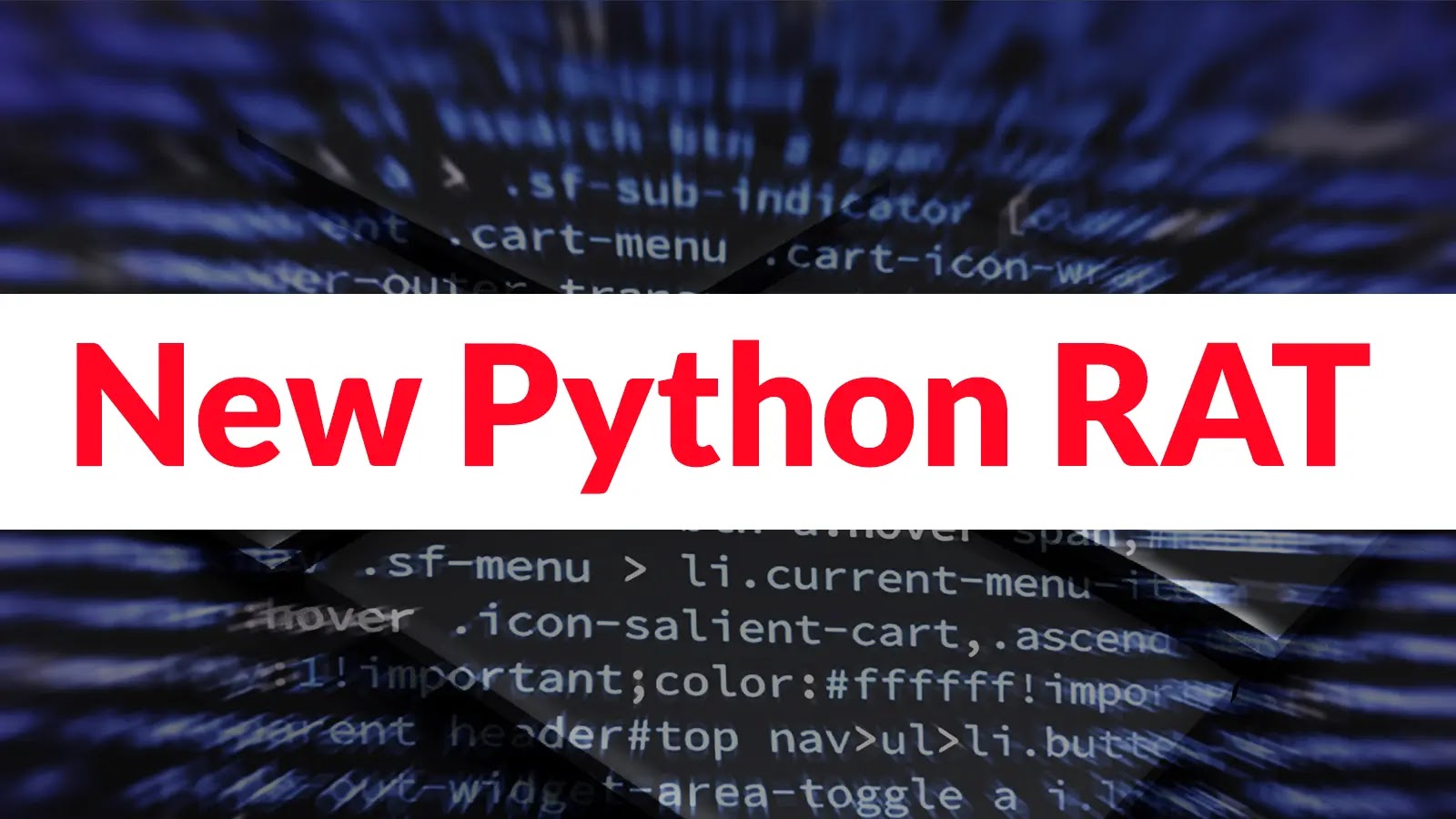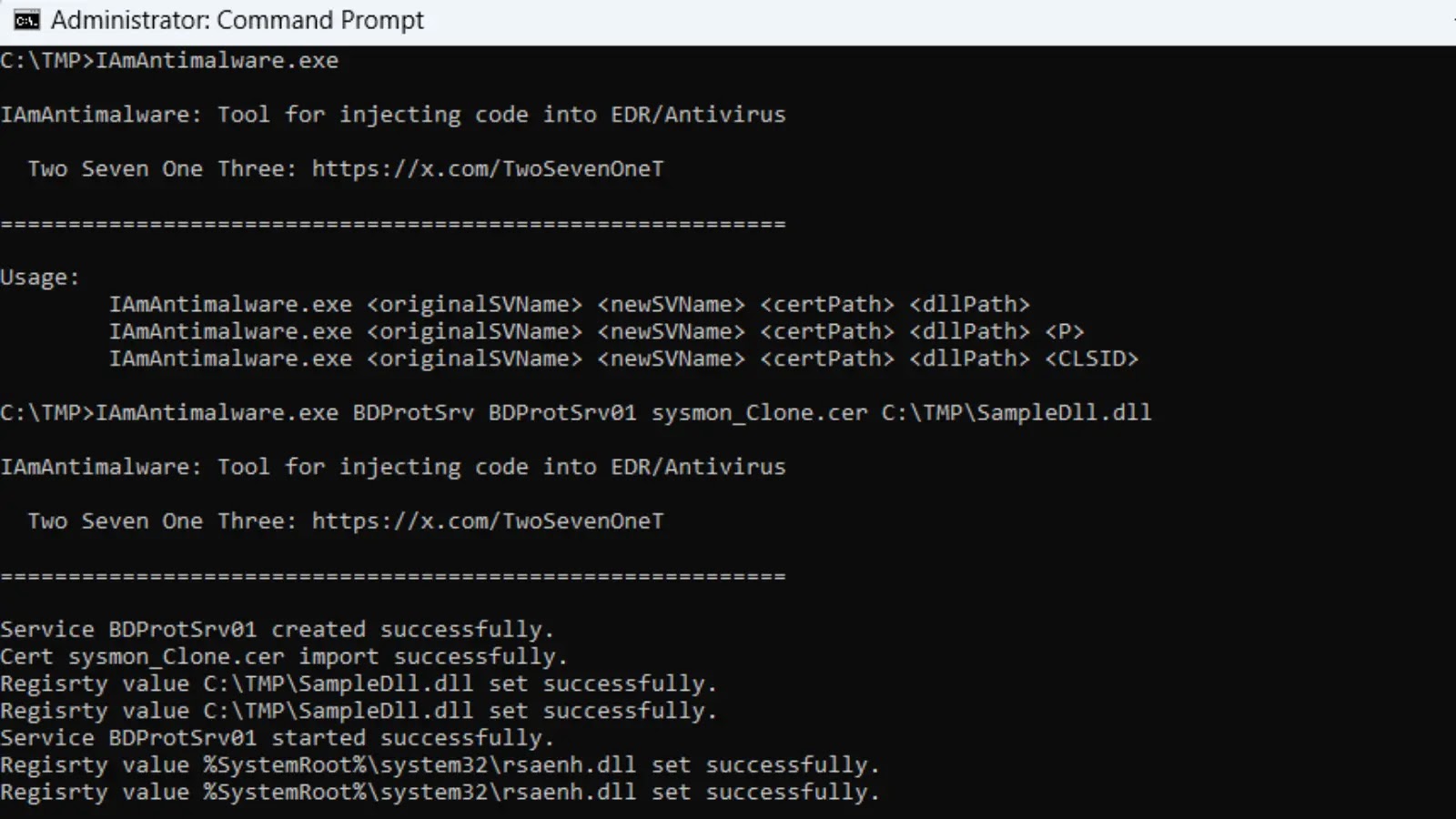A sophisticated Python-based Remote Access Trojan (RAT) has recently emerged within the gaming community, camouflaging itself as a legitimate Minecraft client to infiltrate unsuspecting users’ systems. This malware, identified as a multi-functional RAT, exploits the Telegram Bot API for its command and control (C2) operations, enabling cybercriminals to exfiltrate sensitive data and remotely manipulate compromised machines.
Deceptive Disguise and Distribution
The malicious software presents itself as the Nursultan Client, a name associated with a genuine Minecraft modification popular among Eastern European and Russian gaming communities. By adopting this guise, the malware successfully deceives users into executing its payload, believing they are installing a legitimate game enhancement.
Packaged using PyInstaller, the malware results in an unusually large 68.5 MB executable file. This file size inflation serves a dual purpose: accommodating necessary Python dependencies and evading security tools configured to bypass files exceeding certain size thresholds.
Execution and Evasion Tactics
Upon execution, the malware immediately conceals its presence by hiding the console window on Windows systems. Simultaneously, it displays a fake installation progress bar to maintain the illusion of legitimate software installation. This tactic aims to prevent users from suspecting malicious activity during the installation process.
Netskope researchers identified this threat during routine threat-hunting activities, discovering an executable with the SHA256 hash 847ef096af4226f657cdd5c8b9c9e2c924d0dbab24bb9804d4b3afaf2ddf5a61. Further analysis revealed that the malware attempts to establish persistence by creating a registry key named NursultanClient in the Windows startup path. However, this persistence mechanism contains critical flaws likely to cause it to fail.
Specifically, the malware incorrectly constructs the startup command for the compiled executable, as it was designed for a raw Python script rather than a PyInstaller application. Additionally, the temporary directory created during execution is deleted once the process exits, preventing the malware from running on subsequent system startups.
Telegram-Based Command and Control Infrastructure
Central to the malware’s operation is its abuse of Telegram as a covert command and control channel. The script contains a hardcoded Telegram Bot Token and a restricted list of allowed Telegram user IDs, ensuring that only the authorized attacker can issue commands to infected machines.
This design suggests a Malware-as-a-Service distribution model, where the hardcoded user ID functions as a basic licensing mechanism. The threat actor can easily modify this single identifier for each buyer, recompile the executable, and distribute personalized copies that only individual purchasers can control.
The malware signature by fifetka embedded within system reconnaissance reports further supports this commercialized approach, indicating an operation designed to attract low-level threat actors rather than representing a single attacker’s campaign.
Comprehensive Information-Stealing Capabilities
The RAT includes extensive information-stealing capabilities targeting Discord authentication tokens across multiple platforms, including stable, PTB, and Canary builds. It scans local storage files and user data directories of major web browsers such as Chrome, Edge, Firefox, Opera, and Brave, extracting tokens from both LevelDB and SQLite databases.
Beyond credential theft, the malware provides comprehensive surveillance features, including screenshot capture, webcam photography, and system reconnaissance capabilities. These functions collect detailed profiles containing computer names, usernames, operating system versions, processor specifications, memory usage, and both local and external IP addresses.
Implications and Recommendations
The emergence of this Python-based RAT underscores the evolving tactics of cybercriminals who exploit popular gaming platforms to distribute malware. By masquerading as legitimate software, these threats can infiltrate systems undetected, leading to significant data breaches and potential financial loss.
To mitigate the risk of such infections, users are advised to:
– Download Software from Trusted Sources: Always obtain software from official websites or reputable sources.
– Verify Software Authenticity: Before installation, verify the legitimacy of the software by checking reviews, developer information, and official endorsements.
– Maintain Updated Security Software: Ensure that antivirus and anti-malware programs are up to date to detect and prevent the execution of malicious software.
– Be Cautious of Unusual File Sizes: Be wary of software packages with unusually large file sizes, as this can be an indicator of bundled malicious code.
– Monitor System Behavior: Regularly monitor system performance and behavior for signs of unauthorized access or unusual activity.
By adopting these practices, users can enhance their security posture and reduce the likelihood of falling victim to such deceptive malware campaigns.



